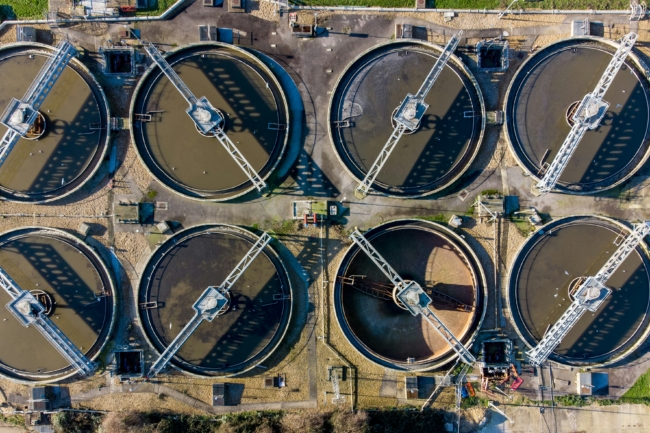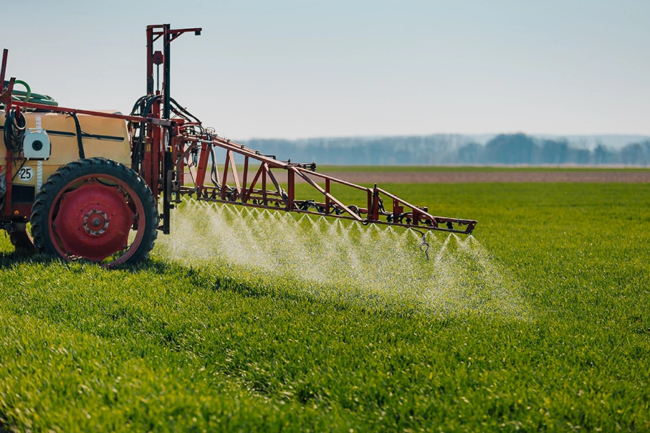Ion chromatography (IC) is an essential analytical chemistry technique for environmental testing.
It can be used for a wide range of purposes, from assessing airborne pollutants to monitoring nutrient and chemical run-off from agricultural land.
When used with advanced instruments and high quality diagnostic reagents, ion chromatography can support a number of environmental testing goals.
These may include assessing soil quality, making sure water is safe to drink, tracking air pollution and measuring progress when cleaning up polluted sites.
In this post:
Key Takeaways
Ion chromatography (IC) detects tiny quantities of pollutants in water, soil, and air
It’s particularly useful for identifying harmful substances such as nitrates, sulphates, and chlorides
Environmental scientists use it to monitor pollution from farms, factories, and other sources
The method is fast, accurate and reliable, but has some practical limits

Introduction to Ion Chromatography
Ion chromatography (IC) is a type of laboratory test. It’s used to find and measure charged particles called ions in samples of air, soil, and water.
It also has many other uses, including quality control in chemical contract manufacturing, drug purity testing in the pharmaceuticals industry, and analysis of salt and sugars in food and drink products.
The process involves separating ions and polar molecules based on their charge. The sample is carefully prepared, which may involve filtering and dilution – or acidification with muriatic acid for certain types of analysis.
It is then passed through a column packed with a charged resin, which attracts ions with the opposite charge. Different ions travel through the column at different speeds, which causes them to separate.
As they leave the column, the ions pass through a detector which then measures their concentration.
High-purity diagnostic reagents are essential throughout this process. They are used to prepare the solutions (known as eluents) that carry the sample through the column. Using reliable reagents as well as the right chemical mixing processes helps to prevent contamination and improve accuracy.
Applications in Environmental Testing
IC is particularly useful for environmental testing as many of the pollutants in water and soil are ionic.
Three of the most common uses of the technique in environmental testing include detecting waterborne pollutants, analysing soil and air samples, and monitoring pollution from agricultural and industrial sources.
Detecting Waterborne Contaminants
Clean water is crucial both for human health and the environment. Ion chromatography can be used to test almost any water source, whether it’s rivers, lakes, or sources of drinking water.
IC can detect substances such as nitrates from fertilisers, which may indicate that fertiliser is washing off nearby farmland. It can also detect sulphates from industrial waste, or chlorides from salt or sewage.
By measuring these ions, scientists can check that the water meets the relevant national, international or industry-specific safety standards.
For example, in the UK, the Drinking Water Inspectorate (DWI) sets strict limits for substances such as nitrates, which must not exceed 50 mg per litre in drinking water under the Water Supply (Water Quality) Regulations 2016.
The ion chromatography testing process has the sensitivity needed to detect these levels accurately and ensure ongoing compliance.

Analysing Soil and Air Samples
IC can also be used to test soil and air samples.
In soil, it can measure nutrients and pollutants that affect plant growth or contaminate crops. Examples include nutrient ions such as nitrate, potassium, and phosphate, and pollutants such as chloride or sulphate.
The results can be used by farmers and environmental consultants to guide fertiliser use and prevent over-application.
Another application of IC soil testing is environmental remediation. When polluted sites are being cleaned, soil can be tested at regular intervals. This helps to track progress, which hopefully means that pollutant concentrations gradually decrease during the clean-up.
In air, scientists can use ion chromatography to filter samples for tiny particles containing harmful ions such as nitrate, sulphate and ammonium. This can be helpful for measuring pollution from vehicle emissions, power stations, and other sites which may negatively impact human health and the climate.
Monitoring Industrial and Agricultural Pollutants
Factories, farms, wastewater plants, and other industrial facilities can all release ionic pollutants as a by-product of their operations.
Ion chromatography can be used to monitor the levels of these pollutants. Waste, runoff, and nearby water sources can all be tested to ensure that emissions stay within legal limits.
For example, a factory may use IC to ensure its cooling water doesn’t exceed chloride limits before releasing it back into the environment.

Advantages and Limitations of Ion Chromatography
Ion chromatography has a long list of benefits, which is why it’s so widely used for environmental testing. However, it does also have some practical limitations.
Advantages:
- Can detect several types of ions in one test
- Very sensitive – can find even tiny amounts of pollutants
- Provides highly accurate, repeatable results
- Works for many different sample types, including water, soil, and air
Limitations:
- Needs careful sample preparation as ‘dirty’ samples can affect the results
- High quality equipment and high purity reagents are essential for accurate results, and these can be costly
- Some complex samples might need additional chemical testing to confirm the results
Conclusion
Ion chromatography is a powerful tool in the fight to protect the environment and reduce pollution. Thanks to its precision, versatility, and repeatability, it’s one of the best methods for identifying and measuring pollutants in water, soil, and air. These are substances that can threaten ecosystems as well as human health if left unchecked.















